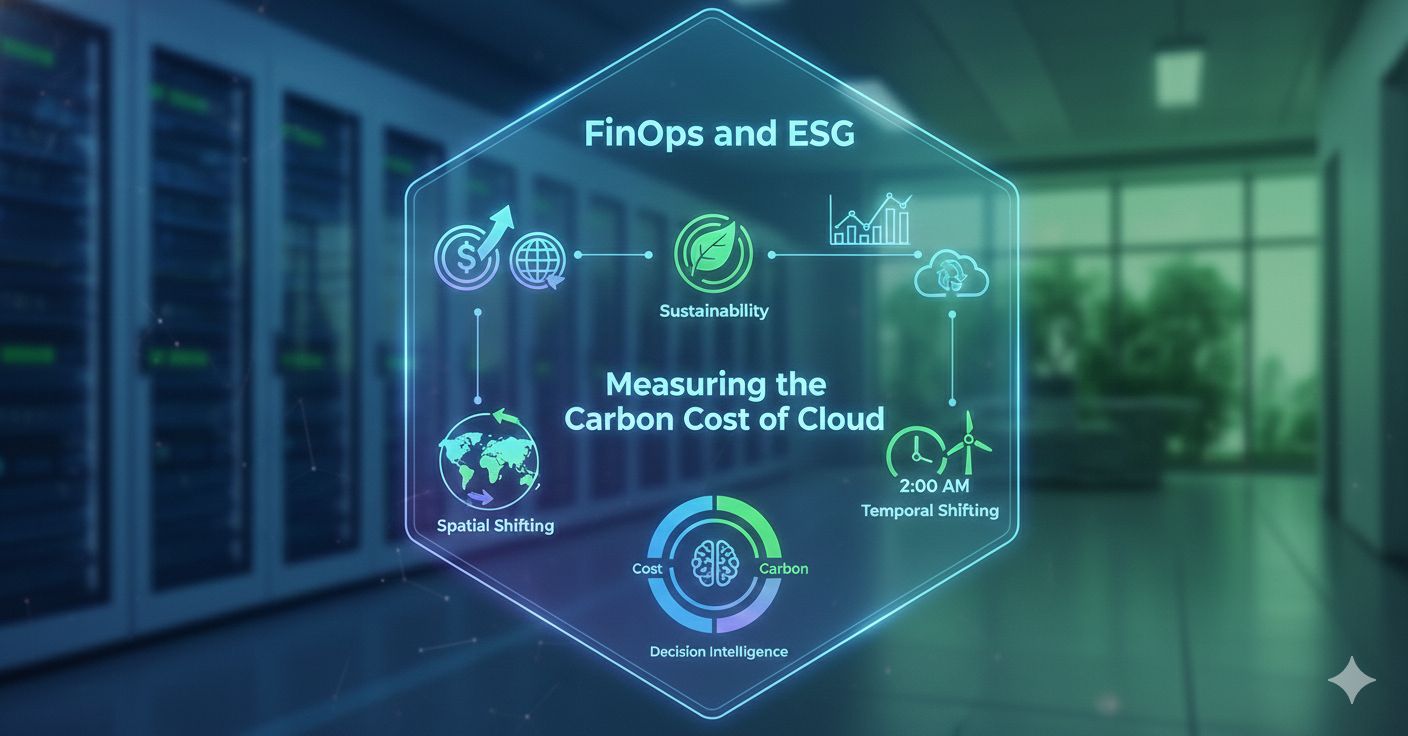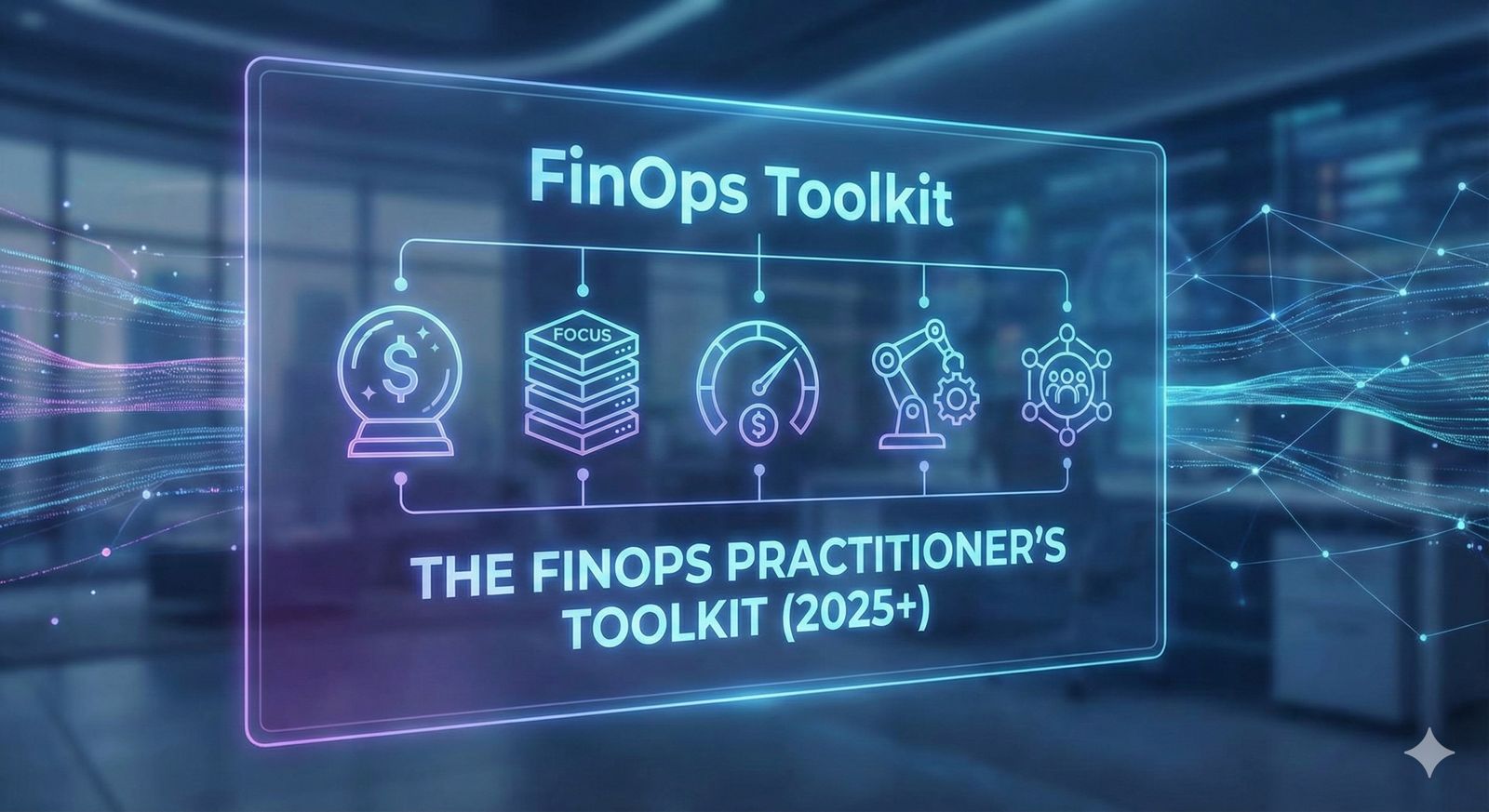Project management is a complex discipline that involves planning, executing, and overseeing projects to achieve specific goals within a defined timeline and budget. While effective management of these processes is crucial, identifying the core problem and crafting the right solution at the outset is even more critical.
The Importance of Identifying Problems and Solutions
Foundation of Success
A project’s success hinges on addressing the right problem with the right solution. If the initial problem is misunderstood or the solution is ill-conceived, no amount of excellent project management will rectify these foundational errors.
Preventing Scope Creep and Rework
Misaligned understanding of the project’s core problem can lead to scope creep, where the project expands beyond its original objectives, leading to inefficiencies and increased costs. Early problem identification and solution alignment ensure the project scope remains focused and relevant, minimizing the need for costly rework, also if the project must be dropped.
Enhancing Stakeholder Satisfaction
Clear problem identification and a well-defined solution align stakeholder expectations and project outcomes. When stakeholders understand the problem and the proposed solution, their engagement and satisfaction with the project outcomes increase, fostering better collaboration and support throughout the project lifecycle.
Strategies for Early Problem Identification
1. Comprehensive Stakeholder Analysis
Engage with all stakeholders—customers, team members, sponsors, and end-users—to gather diverse perspectives on the problem. Conduct interviews, surveys, and workshops to understand their needs, expectations, and pain points.
Actionable Tip: Create a stakeholder matrix to identify key players, their interests, and their influence on the project. This helps prioritize whose inputs are most critical in the early phases.
2. Root Cause Analysis
Employ techniques like the “5 Whys” and fishbone diagrams to drill down to the root cause of the identified problem. This ensures that symptoms are not mistaken for the actual problem, leading to more effective solutions.
Actionable Tip: Assemble a cross-functional team to perform root cause analysis. Different perspectives can uncover underlying issues that might be overlooked by a homogenous group.
3. Market and Competitor Research
Analyze market trends and competitor activities to understand the broader context of the problem. This helps in identifying gaps in the market that the project can address and avoids solutions that replicate existing offerings.
Actionable Tip: Use SWOT analysis (Strengths, Weaknesses, Opportunities, Threats) to evaluate your position in the market and understand external factors that may impact the problem and solution.
4. Feasibility Studies
Conduct feasibility studies to assess the practicality of potential solutions. This involves evaluating technical, economic, legal, and operational aspects to ensure that the proposed solution is viable and sustainable.
Actionable Tip: Develop a feasibility report outlining the findings and share it with key stakeholders for feedback and validation before moving forward.
5. Prototyping and Pilot Testing
Develop prototypes or conduct pilot tests to validate the solution against the identified problem. This helps in refining the solution based on real-world feedback and ensures that it effectively addresses the problem.
Actionable Tip: Use agile methodologies to iterate on the prototype or pilot, incorporating feedback in each cycle to enhance the solution’s effectiveness and feasibility.
6. Scenario Planning
Create different scenarios to anticipate potential challenges and risks. Scenario planning helps in understanding the implications of various factors and prepares the project team to address uncertainties proactively.
Actionable Tip: Develop best-case, worst-case, and most-likely scenarios. Identify the triggers for each scenario and devise mitigation strategies to handle them.
7. Regular Review and Validation
Implement a process of continuous review and validation of the problem and solution. Regularly revisit the initial assumptions and verify their accuracy as the project progresses.
Actionable Tip: Schedule periodic review meetings with stakeholders and project teams to assess the ongoing relevance of the problem and the effectiveness of the solution. Adjust the project plan as needed based on these reviews.
Conclusion
In project management, the meticulous identification of the problem and the development of an effective solution are paramount. These foundational steps ensure that the project is on the right track from the outset, preventing costly missteps and fostering successful outcomes. A bad understanding of the problem cannot deliver good projects.
Image Credit: image by Freepik




